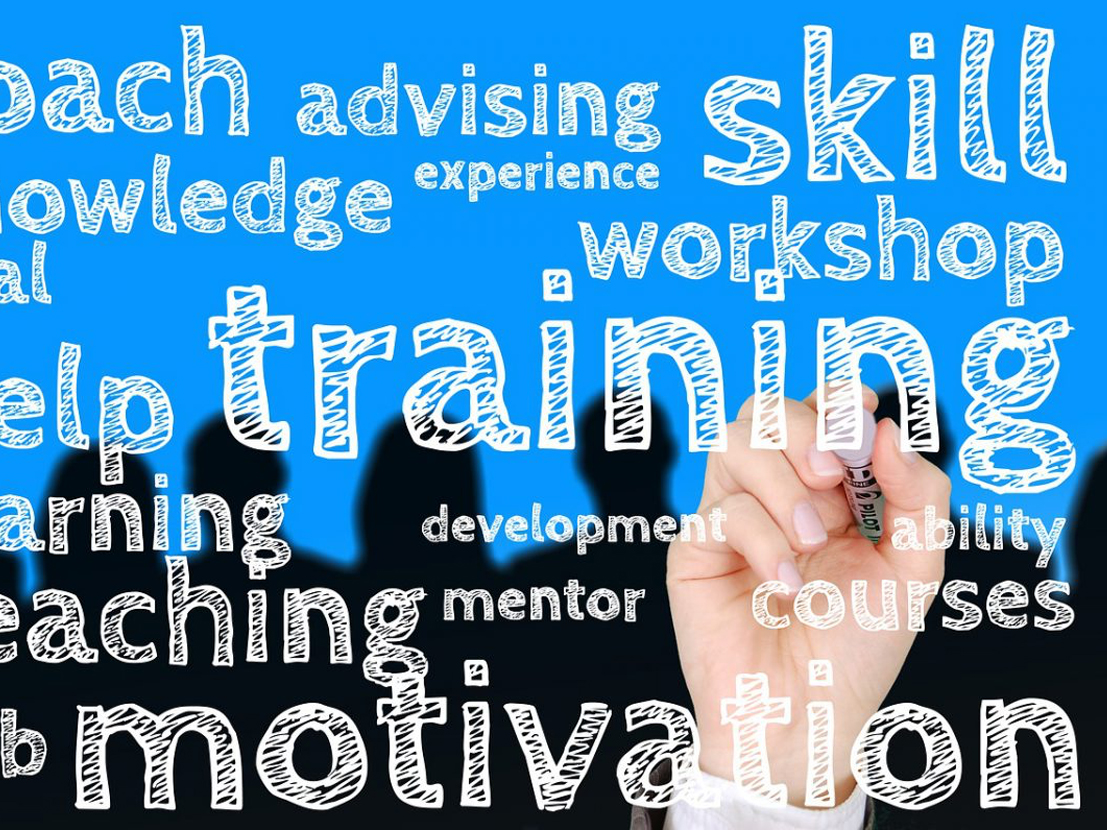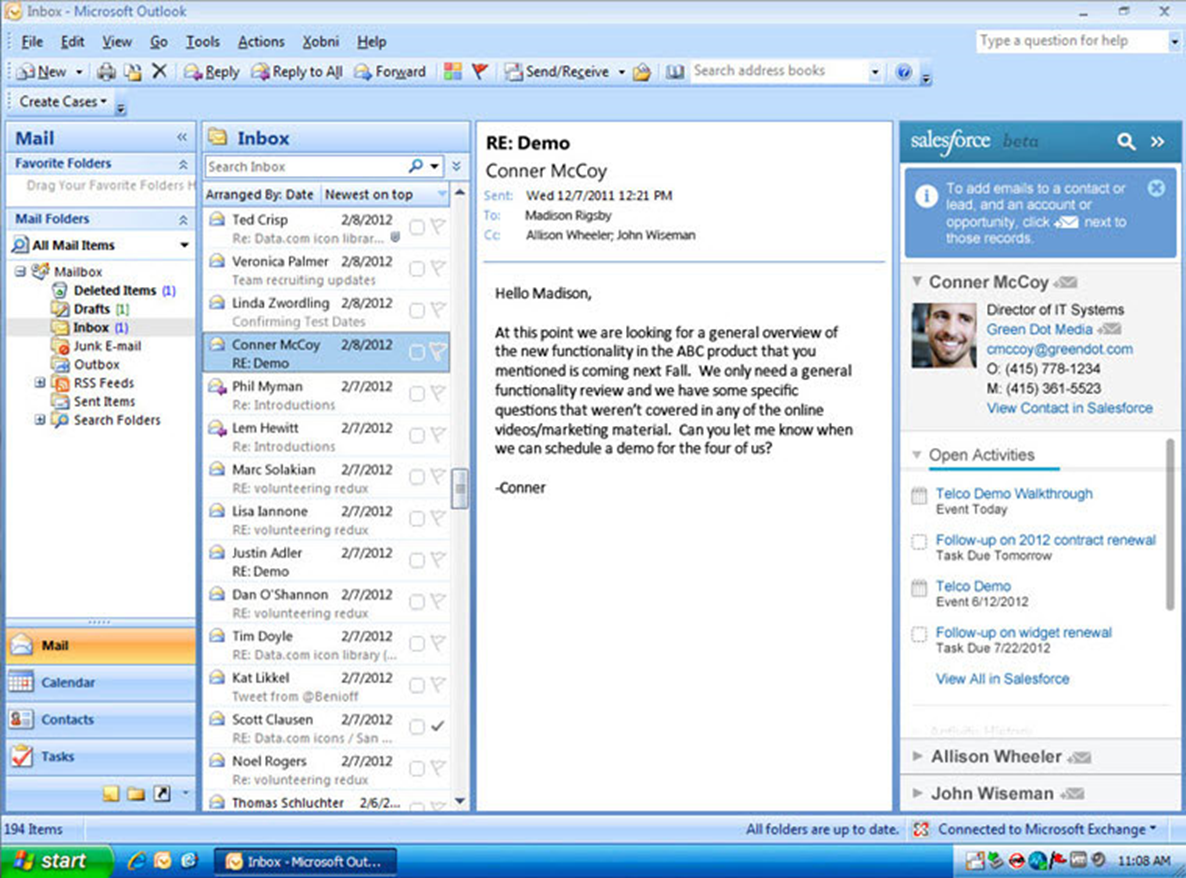
Posted in: Business Success, CRM Success, Efficiency, Productivity
I have a pretty unique role with LinkPoint360, and one of the more interesting aspects of my job is to work directly with customers to help them get the most out of their software. Daily, weekly, monthly I’m on calls, webinars, and even in exhibit booths talking about how our software solutions can make it quicker and easier for people to work between their email and CRM.
But if there’s one thing I’ve learned (and I’ve learned quite a bit), it’s that there is no single set of “best practices” that can be handed out across the board to all clients with an overarching declaration of do this and that and everything will be perfect for your workflow. Yet time and time again, clients reach out asking for best practices or one-sheets on how to instantaneously get 100% on point with our software.
LinkPoint Connect can solve almost any email integration scenario. It is a single solution to meet email/CRM needs. The caveat is that there are a number of ways that users can achieve the same result since the software is so flexible and because no two workflows are ever quite the same. The perils of best practices as an be-all, end-all solution are that they imply a singular method and don’t take into account unique circumstances.
This is why I offer best practices consultations, not a one-size-fits-all authoritative answer to the question: What’s the best way to use LinkPoint Connect? And I think the essence of this is translatable to other customer service, support, or even sales roles in the software industry.
Be open to discussing best practices with prospects and clients but also understand that catering your approach to your audience will add more value than a canned answer would provide. Taking the time to discover the need and use case(s) behind each client can take time, but it is an investment in the customer’s own success as well as the retention and growth for your book of business.
To avoid the perils of best practices, I make sure to cover the following questions during all of my consultations and training calls. Consider applying these to your own customer or prospect approach (altering as needed to make them more relevant to your own products and services).
What are you trying to achieve?
Our products can do a lot. That doesn’t mean that a customer needs an overview of each and every feature (though some do and can sign up for a training session). I always start by asking what a user or organization is trying to achieve. What piqued your interest in our product? What brought you to make a purchase? If you know the customer’s pain point(s), you can immediately flag the features or functions that will bring the most value to them and be sure to highlight those items as a best practice specific to their need.
How are you already engaging with the product?
Once I know why a user wanted our software, I identify what they are already doing to meet that goal. Users might have found a way to accomplish a goal (i.e. record an email), but there are many different ways to record emails with our solutions. Knowing how they’re already engaged with our product helps me determine if they’re using the most efficient method and where else I can point them as a best practice. Many times, we’re able to target alternate approaches that cut down on steps or more accurately relate items to records.
Would X, Y, or Z add value to your experience?
Knowing why someone bought and how the software is being used is just the beginning. With a single purchase goal in mind (i.e. record an email), a customer may not realize the software can do much more (i.e. sync calendars). By asking if different general functions would add value to their experience, I can help a client add value by maximizing their software use. They get more out of their subscription. I get to consult on how to best use these new features to ensure that maximizing use does not equate to lost time tinkering with software and settings. And by focusing on value at a higher level, I don’t waste anyone’s time explaining features that are not relevant to their workflow.
What resources have you engaged with already, and where did they help or fall short?
I can build out custom best practices by consulting with someone, but when a conversation ends, resources are key to reinforcing these points. I make sure to ask what resources a customer has already accessed and whether they found them helpful. Different people learn effectively with different methods. Some like videos; others like to read articles. Organizations may have a standard approach to training their users with monthly meetings or web conferences. Not every one has time to read an entire knowledge base, but some people might prefer to print and read an entire manual. Sending along the most relevant resources in the right formats after a consultation can help ensure long-term adoption, training, and CRM success.
Best practices are important. But making sure they are applicable and actionable for each customer is important for clients to actually put them into practice. And if you’re a LinkPoint360 customer looking for your own set of best practices, you can always reach out to me and my team to set up your own consultation.



